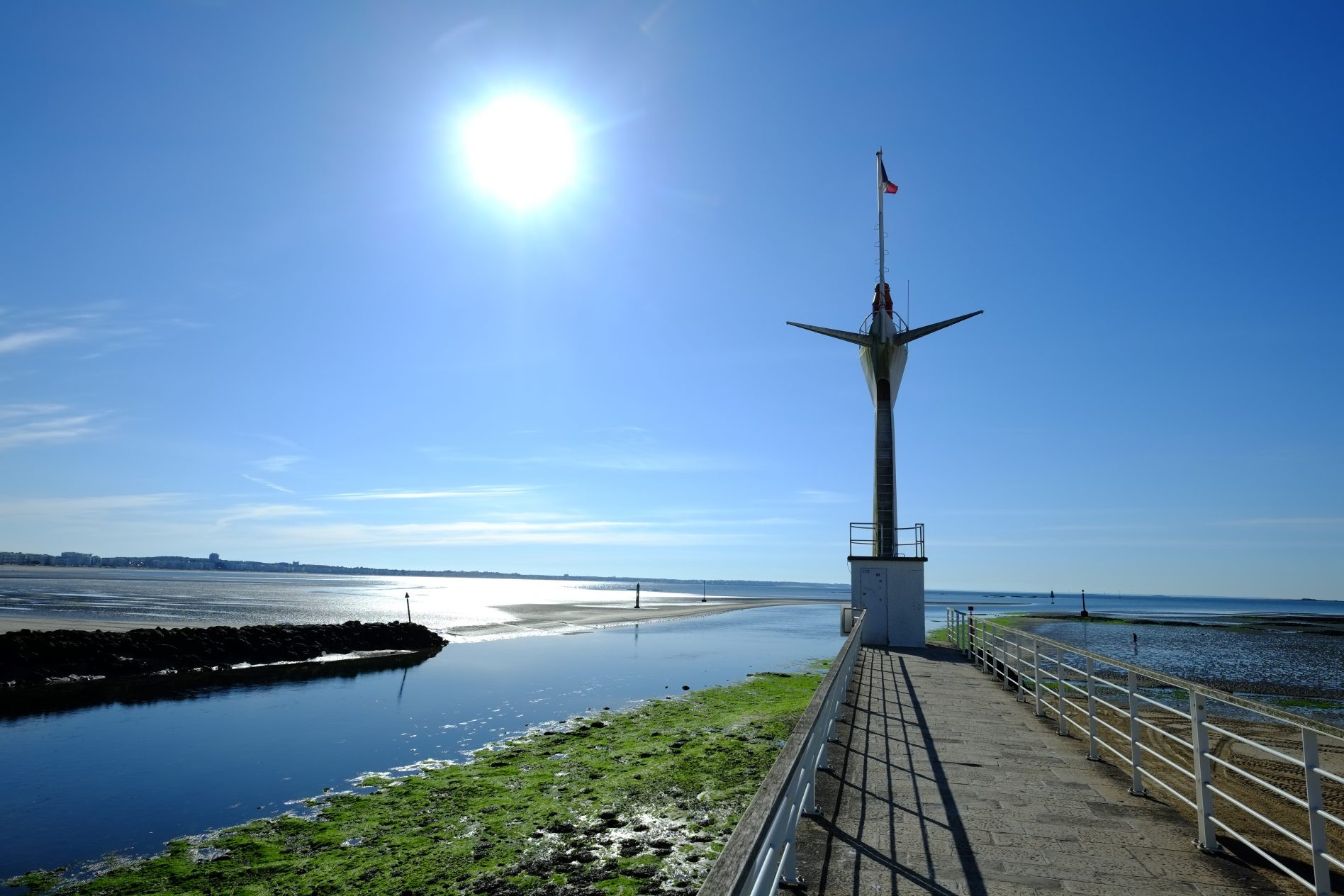The summer solstice is, in fact, an astronomical phenomenon that explains the length of the day but also a year. Until the summer solstice, the length of the day increases with each rotation of the Earth. Until the summer solstice, the length of the day increases with each rotation of the Earth. After the summer solstice, this phenomenon will be reversed, and the length of the day will decrease.
Understanding the summer solstice

The inclination of the earth’s axis
The summer solstice is the time when the Sun is furthest from the equator. At this time of the year, the Sun is practically above the Tropic of Cancer. For the northern hemisphere, this means days which are the longest of the year and nights which will logically be short. Why is that? Well, because that is when the Sun will be at its highest in the sky. (we talk about zenithal light). To explain the variation in the length of the days and nights, we will have to look at the inclination of the Earth during its rotation around the Sun throughout the year. During the summer solstice in the Northern Hemisphere, the planet Earth presents the North Pole to the Sun – with an inclination of nearly 23 degrees). Because of this inclination, the Sun never sets above the Arctic Circle.
Conversely, at the antipodes (i.e. the South Pole) the Sun is very far away, which means for the southern hemisphere the winter period. June 20 in the Southern Hemisphere is logically the winter solstice. For the South Pole, the Sun is not visible at all, and it is the polar night. And for all other parts of the northern hemisphere, it will be the shortest day of the year.
The etymology of the word solstice
The origin of the word summer solstice comes from the contraction of two Latin words “Sol” and “Sistere”. And when you translate these two words, you get: Sun for “sol” and stop or hold back for “sistere”. The solstice is the moment when the Sun stops to give way to the longest day of the year. It is estimated that the word solstice appeared around the 13th century in the French language.
When does the summer solstice take place?
In 2020 the summer solstice will take place on Saturday, June 20 at 23:43, Paris time. This is when the Sun will be furthest from the equator. This is when the northern hemisphere will experience its two longest days of the year. That is, it will be daylight for more than 16 hours. The Sun will set around 10 pm and then disappear for a little less than 8 hours. But the night will remain relatively clear between 10:00 pm and 11:30 pm and between 4:00 am and sunrise. June 20 in Paris, the Sun rose at 5:46 am and 52 seconds and will set at 9:57 pm and 52 seconds. The duration of the day on June 20 will, therefore, be 16 hours and 11 minutes. After June 20 and 21, the days will begin to shorten until the winter solstice. This will continue until the next changeover in six months. The transition will take place during the winter solstice on December 20. At this time of the year, there will only be eight hours of daylight for sixteen hours of the night in Paris. Above the Arctic Circle in the northern hemisphere, the Sun will not appear, and the Arctic regions will remain in darkness. This is called the polar night.
The date of the summer solstice varies over four days at the end of June.
As you have always known, a year lasts 365 days or 366 days. It is to avoid a time lag that you have to add one day every four years. This is the disadvantage of the Gregorian calendar, it lacks six hours a year, hence the notion of a leap year. These years make it possible to make up in one go the six hours lost over the four years that have just elapsed. For your information, leap years will take place in 2024, 2028, 2032, 2036, 2040, 2044, 2048 etc.
To date, only the Maya calendar allows having years which all have the same duration. This one combines the solar calendar and the lunar calendar, and it is a little more complicated than the Gregorian calendar.
Logically the date of the summer solstice will fluctuate between June 19, 20, 21 and 22 because of leap years. For your information, during the 21st century, the summer solstice will take place 53 times on June 21 and 47 times on June 20. To know a summer solstice on “June 19”, we will have to wait until the year 2488. And for a summer solstice on June 22, we will have to wait until 2203. For the next three years (2021; 2022 and 2023) the summer solstice will be on June 21.
Summer Solstice in a nutshell
1. This generally varies between 20 and 21 June and very exceptionally between 19 and 22 June.
2. During the summer solstice, there are 16 hours of daylight for 8 hours of the night. And for the winter solstice, it is precisely the opposite where there are 16 hours of the night for only 8 hours of daylight.
3. Halfway through the race, we have the spring equinox and the autumn equinox. These two days designate the moment when night and day have precisely the same duration, twelve hours each.
4. The summer solstice means that this is the time when the Sun will give the most heat and light to the earth.
5. If the days are long during the summer, it is only because the planet is tilted towards the Sun and thus exposes its northern hemisphere. (23-degree tilt)
photo credits: Yann